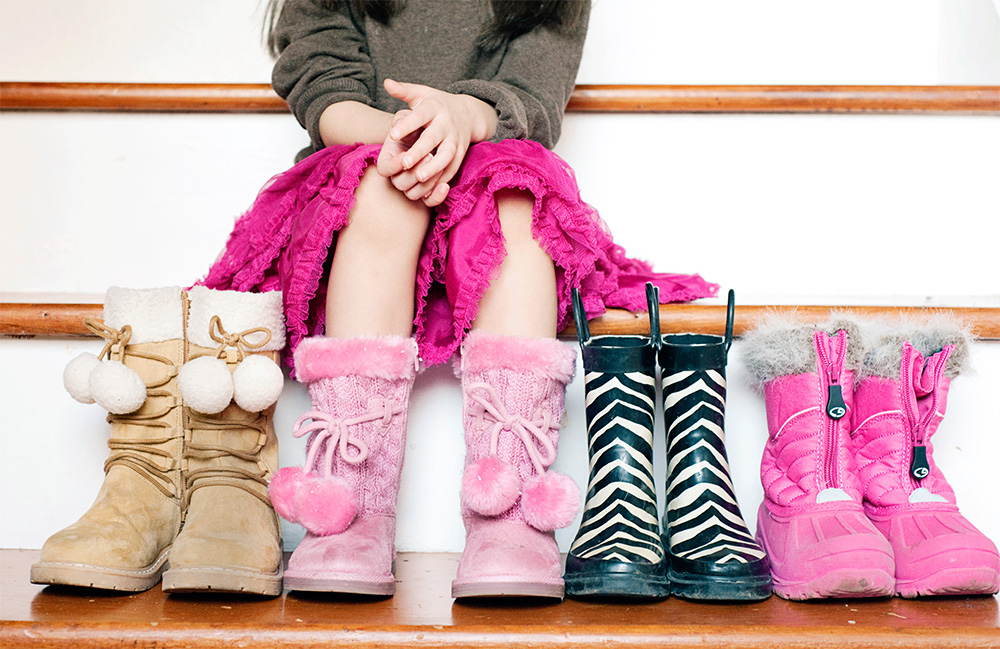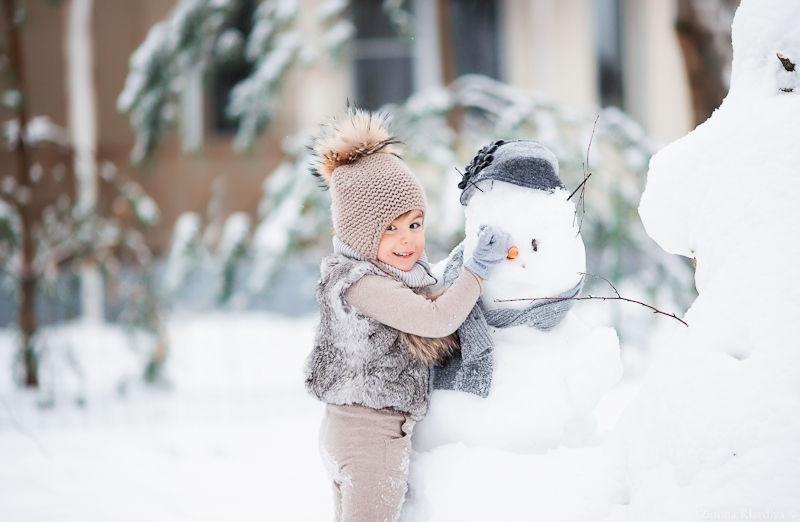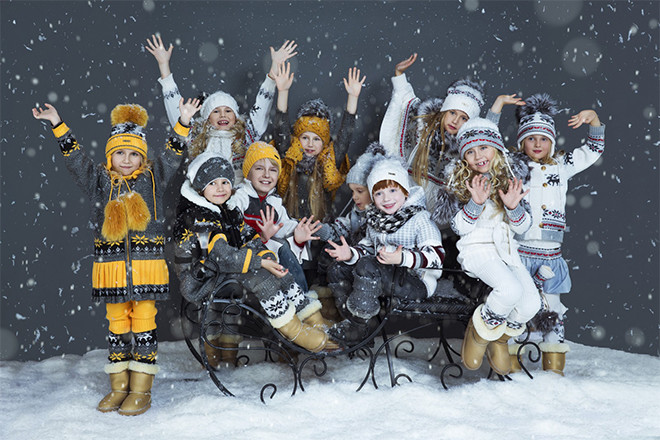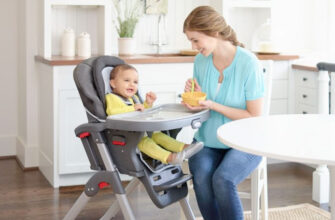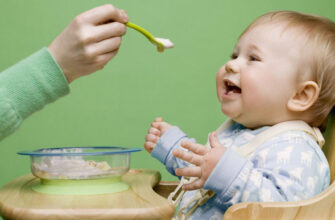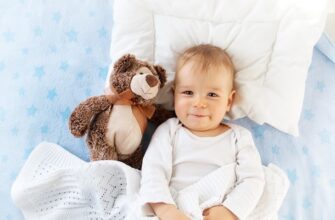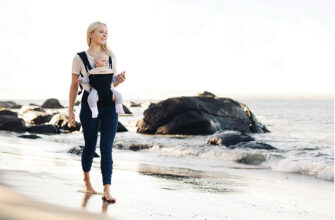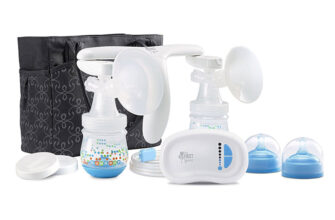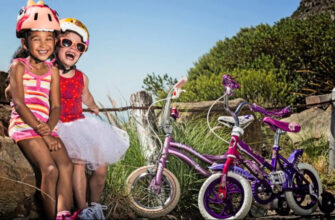The correctness of the formation of the foot, posture and gait of the child depends on the choice of children's shoes. Low-quality products can increase the risk of flat feet and curvature of the spine. In addition, poorly fitting winter shoes can lead to hypothermia of the child. Therefore, special requirements must be made to such products.
The best manufacturers of winter shoes for children
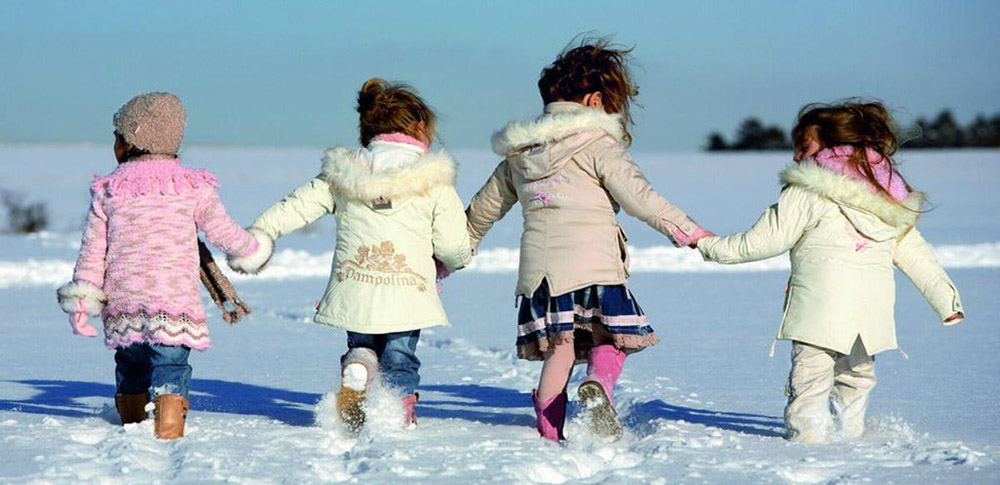
Before entering the market, footwear undergoes many tests for strength, sanitary-chemical and toxic-hygienic indicators, compliance with GOSTs, etc., after which it receives certificates of compliance. Only then can it be called quality.
These shoes are durable and have good thermal insulation properties. The child is warm and comfortable in it, it is absolutely safe and does not contain toxic substances.
The products of the following manufacturers meet these requirements:
-
Viking;
-
Columbia;
-
Kotofey;
-
Dei-tex;
-
Kapika;
-
Skandia;
-
Ecco;
-
Kuoma;
-
Nordman.
Types of winter shoes
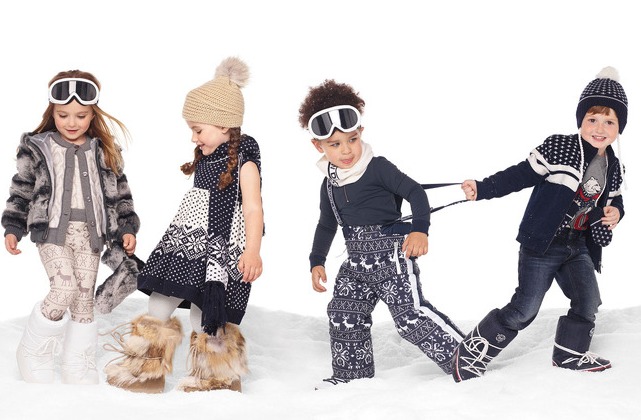
Leather boots
Classic shoes for the winter. Most often it is made from genuine leather and fur insulation. It is designed for temperatures from +5 to -15 ° C.
Advantages
-
Sits well on the leg;
-
It is comfortable, strong and durable.
disadvantages
-
Indoors, the child will be hot and the legs will start to sweat;
-
Leather shoes can get wet and should be treated with a water repellent agent.
Felt boots
These are the perfect shoes for harsh winters and walking in snowdrifts. The felt boots keep the baby's feet warm even at -30 ° C. Classic lambswool models have a one-piece shape, but many manufacturers have redesigned this piece. Modern felt boots have a sole and a hard back – this is necessary for the correct formation of the child's foot and the prevention of flat feet. Such shoes can be chosen 1–2 cm longer in length, because it tends to 'sit down'. You should not buy boots of bright colors, they may be of poor quality.
Advantages
-
Create an excellent microclimate for the child's legs. They breathe, absorb and evaporate moisture, protect from getting wet;
-
Suitable for the coldest winters.
disadvantages
- Classic one-piece felt boots are not recommended for long walks, because they do not support the correct position of the baby's foot.
High fur boots
These shoes are used during severe frosts. It is made from reindeer skins (with the fur on the outside). The inner part of high fur boots is often insulated with fur or felt. The soles of modern models, as a rule, are made of rubber, due to which the child is not slippery in winter.
Advantages
-
Feet is warm even in 30-degree frosts;
-
Easy to dress up and fit comfortably on your leg.
disadvantages
-
They get wet quickly, not suitable for slush .;
-
At temperatures above –15 ° C, the leg begins to sweat;
-
They require special care – after use, you need to dry and comb the fur.
Membrane shoes
In the production of winter footwear, membrane materials are often used, which make the product lighter, allow it to 'breathe' and protect it from moisture. These shoes can be worn in autumn and winter.
Advantages
-
Light weight .;
-
Membrane shoes do not get wet – they are ideal for walking through slush and snowdrifts;
-
Many models are designed for a wide temperature range (0 ° C to -30 ° C).
disadvantages
- High price.
Material
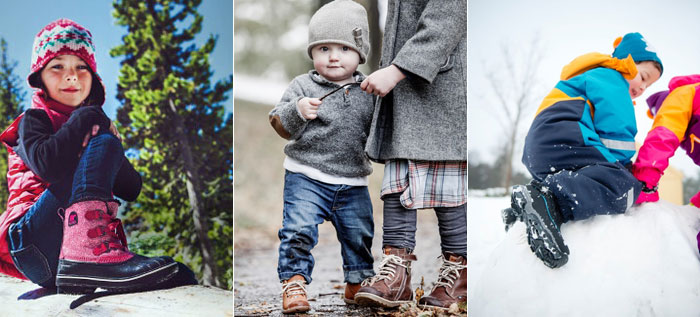
Top
Look for models that use natural materials (usually leather). Such products adapt to the shape of the child's foot, they allow air to pass through well, preventing excessive sweating. Leather models are characterized by frost resistance, wear resistance and durability.
Give up leatherette products. This material wears out quickly, does not breathe and bursts in the cold. In addition, baby's feet often sweat in such shoes.
Take your time to choose models from nubuck and suede. Such materials deteriorate quickly when exposed to dirt and water. In addition, they require special care. They need to be cleaned with a special brush and treated with water-repellent creams.
Sole
The sole of winter shoes should be glued and stitched 'conscientiously'. It's also important that she be flexible. Try bending the piece in half. If you do it effortlessly, then the sole is suitable.
For winter shoes, it is also desirable to have a protector – deep carved patterns. Thanks to this, the baby will be good at keeping balance on icy roads.
In the production of soles for children's shoes, the following are often used:
-
Polyurethane. This outsole is lightweight, flexible and durable. But it is very slippery, and under the influence of low temperatures (below -20 ° C), faults can form on it.
-
Thermoplastic elastomer. Differs in good frost resistance and elasticity. It is a strong and durable material that provides a firm grip and reduces the risk of falls.
-
Polyvinyl chloride. Differs in low frost resistance – at temperatures below -20 ° C it can crack. It is also quite heavy and wears out quickly.
-
Thermoplastic rubber. It is a durable, abrasion resistant and non-slip material. In addition, rubber has good flexibility and frost resistance.
Insole
The insole in children's shoes should be made from natural materials, ideally fur. She will not let the child freeze and at the same time will allow the leg to 'breathe'.
What to look for when buying
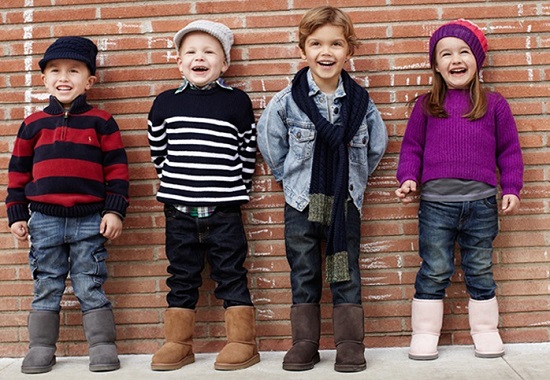
-
When choosing winter shoes, pay attention to insulation. Models with natural fur, felt or products with a membrane layer will be an excellent option.
-
It is permissible to choose models 1–1.5 cm longer than the length of the child's foot, because shoes will have to be worn over warm socks. In this case, an air gap must remain in order to increase the thermal insulation properties.
-
The child's feet should be well fixed and not loose.
-
You can not choose tight shoes, because in it, the child's feet will freeze more, and blood circulation will be disrupted.
-
Try to buy products that are light in weight. In heavy shoes, the baby will quickly get tired and eventually begin to shuffle his feet.
!
In the following articles, our experts tell you how to choose the right winter overalls for a child and the secrets of choosing boots for a child.
Attention! This material is the subjective opinion of the authors of the project and is not a purchase guide.



